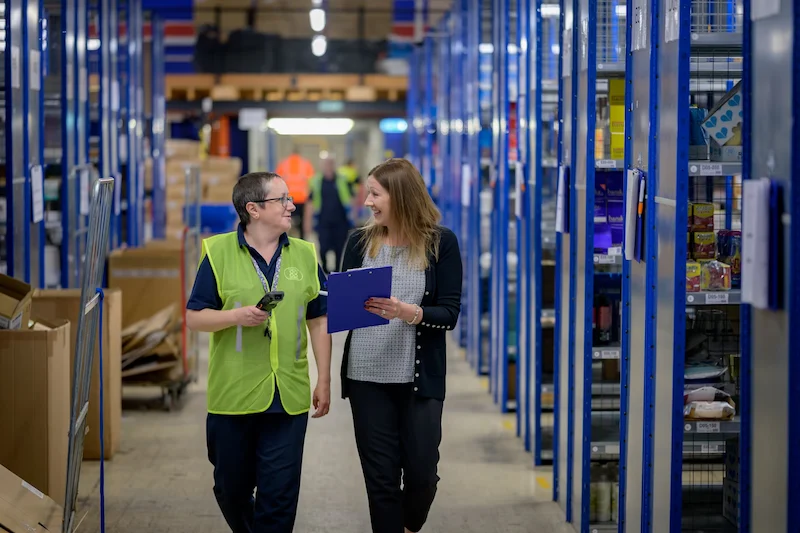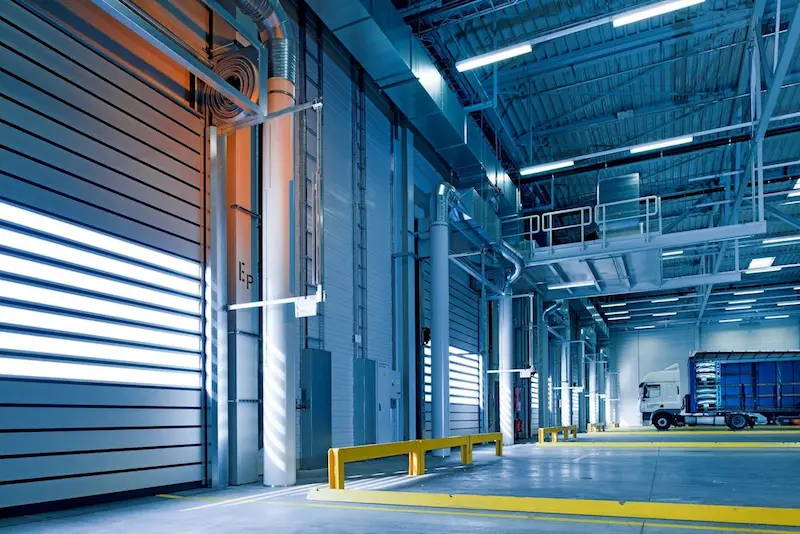Table of Contents
When it comes to selecting the right steel structure, the choice can be overwhelming due to the range of options available. Whether you’re in the market for a small carport or a massive warehouse, steel structures provide unmatched durability, customization, and cost-effectiveness. Here are key considerations to help you choose the best steel building for your needs.
Get Professional Help
When selecting a steel structure, getting professional help can make a significant difference in the outcome of your project. Experts can assess your specific needs, guide you through complex decisions regarding materials, customization, and structural integrity, and ensure compliance with local building codes and regulations. For high-quality steel structures, take a closer look at Eagle Buildings and similar companies, known for their durable and customizable options that cater to both residential and commercial needs. Additionally, professional installation ensures that your structure is built safely, efficiently, and to the highest standards, extending its lifespan and maximizing its value.
Matching the Structure to Its Intended Use
The intended use of your steel structure plays a critical role in the design and customization process.
- Carports: If you’re simply looking for a place to park your car, a basic, open-frame structure will suffice. However, if you live in an area with extreme weather, you might want to opt for a fully enclosed carport for added protection.
- Warehouses: Warehouses require large open spaces for storage and movement of goods. Steel is perfect for these types of structures because it can be designed without the need for many internal support beams, maximizing usable space.
- Commercial or Industrial Use: Steel structures used for manufacturing or heavy equipment storage often require additional strength and durability, so you might need thicker steel or reinforced frames.
Benefits of Steel Structures Over Other Materials
Steel structures offer numerous advantages over traditional building materials such as wood, brick, or concrete. One of the most significant benefits is strength and durability – steel can withstand extreme weather conditions, such as high winds, heavy snow, or seismic activity, far better than wood or brick. This makes steel a reliable choice for both residential and commercial applications. Additionally, steel is naturally resistant to pests, such as termites, and does not warp, rot, or crack over time, reducing maintenance costs.
- Durability: Steel is resistant to pests, fire, and weather conditions, making it one of the most durable materials available.
- Cost-Effectiveness: Steel structures can be more affordable than traditional buildings, especially for larger projects like warehouses or commercial spaces.
- Quick Construction: Prefabricated steel buildings can be assembled faster than those made from other materials, reducing labor costs and downtime.
- Sustainability: Steel is recyclable and often produced using eco-friendly processes, making it a sustainable choice for environmentally-conscious builders.
Customization Options and Design Flexibility
One of the biggest advantages of steel structures is their design flexibility. Steel buildings can be easily customized to fit your exact specifications, whether you need a small storage shed or a sprawling warehouse.
- Size: Steel buildings can be constructed in almost any size, from small residential sheds to massive commercial complexes.
- Doors and Windows: You can choose the size and placement of doors and windows, making the building more functional and visually appealing.
- Colors and Finishes: While many people associate steel buildings with plain, industrial designs, they can be customized with different colors, finishes, and architectural details to match your preferences.
- Interior Layout: Steel structures can be designed with minimal internal support columns, giving you a wide-open floor plan to arrange your space as needed.
Ensuring Durability, Maintenance, and Cost Control
When investing in a steel structure, it’s essential to think about its long-term durability and maintenance requirements. Steel buildings generally require less upkeep than other types of structures, but some considerations can extend their lifespan even further:
- Protective Coatings: Adding rust-resistant coatings or galvanized steel can help your structure withstand harsh weather conditions.
- Roofing Options: The type of roofing you choose can affect how well the building holds up against snow, rain, and sun. Steel roofing is a durable and low-maintenance choice.
- Foundation: Ensuring a solid foundation will help prevent structural issues in the future. Work with a professional to ensure the foundation is properly designed for the size and use of your building.
Versatility of Steel Structures Across Industries
One of the standout features of steel structures is their incredible versatility, making them ideal across a wide range of industries. For residential purposes, steel buildings are increasingly used for garages, workshops, and even home additions due to their adaptability and modern aesthetic options. In the agricultural sector, steel buildings are commonly chosen for barns, silos, and machinery storage, offering the necessary space and protection required for farming operations.
Meanwhile, in the commercial and industrial world, the use of steel for office buildings, retail stores, and industrial plants is growing because of its ability to support large-scale operations while providing clear-span spaces that allow businesses to maximize their layout.
Energy Efficiency and Environmental Impact of Steel Structures
One of the often-overlooked advantages of steel buildings is their potential for energy efficiency. Steel structures can be designed to incorporate insulation materials that reduce heating and cooling costs, making them an excellent option for both residential and commercial uses. For example, reflective roof coatings can minimize heat absorption, reducing the energy needed to cool the building in warmer climates. Additionally, steel structures are often paired with energy-efficient doors, windows, and skylights that promote natural light, further reducing the need for artificial lighting during the day.
The Importance of Professional Installation and Expertise

While steel structures offer numerous benefits, the key to their long-term success lies in professional installation. A well-designed structure must be properly erected to ensure safety, stability, and durability. Hiring experienced professionals to handle the construction process ensures that all components are correctly assembled and that the structure complies with local building codes.
Moreover, skilled installers can account for environmental factors such as wind loads, snow accumulation, and seismic activity, ensuring that the building is resilient under various conditions. Installation mistakes can lead to structural weaknesses, increased maintenance costs, and potential safety hazards.
Choosing the perfect steel structure, whether for a small carport or a large warehouse, requires careful consideration of your specific needs, budget, and future maintenance. By understanding the different types of steel buildings, considering factors like customization and durability, and planning for the structure’s intended use, you can confidently invest in a steel structure that will serve you well for years. Whether you’re protecting your car or running a business, steel structures offer an ideal combination of flexibility, affordability, and long-lasting performance.
Want to explore something different? How Technology Has Evolved VPN Security Measures

